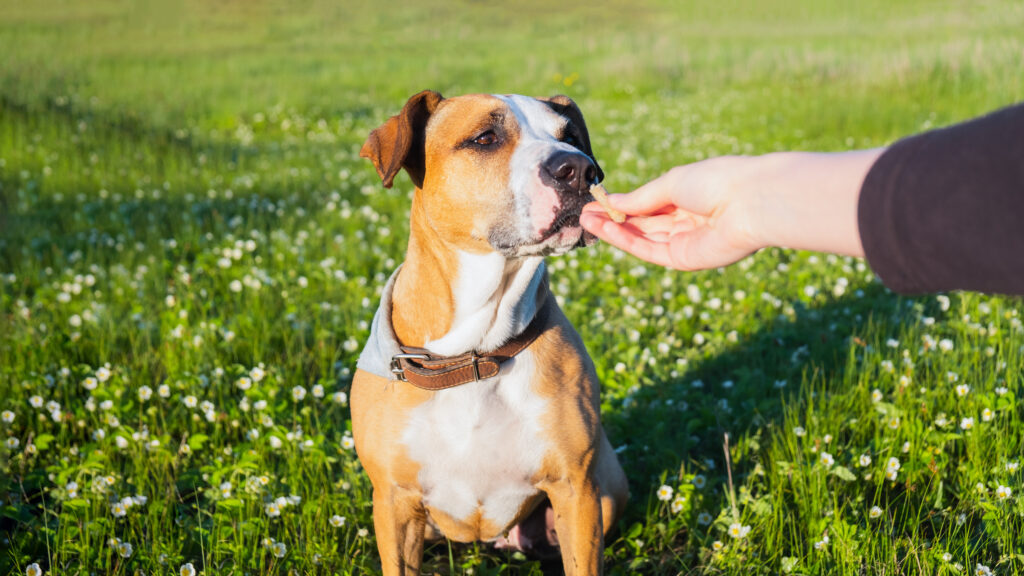
Understanding Dog Reactivity Towards TV: A Pet Owner's Guide
Share
Dog reactivity towards TV might seem humorous at first, but for health-conscious pet owners, it poses several questions. This phenomenon, where dogs react energetically to TV stimuli, can be intriguing yet concerning. Understanding it is crucial for maintaining your pet's mental health and ensuring their environment is stress-free.

Why Do Dogs React to TV?
Television screens can present bright, moving images and different sound frequencies that can be confusing or exciting for dogs. This new and modern stimulus might not be something dogs naturally encounter in the wild, making them both curious and alert. For some dogs, these rapid movements and sounds can be overwhelming, leading to noticeable reactivity towards the TV.
Often, dogs confuse images of animals or sounds with real-life encounters, triggering instincts that make them bark, pounce, or exhibit other reactive behaviors. However, educating yourself on dog reactivity towards reflections can provide insights into this intriguing behavior.
Is TV Reactivity Harmful for Your Dog?
While the occasional bark or excitement might not be harmful, continuous exposure and reactions can elevate stress levels in dogs. As CIA's dog training tips suggest, understanding and addressing stressors is vital for maintaining pet health. Prolonged stress without resolution can lead to behavioral issues, so its important to manage what your dog watches and how they react to it. Relatedly, reactivity towards fences shows similar stress points in animals.
Strategies to Manage Reactivity
Recognizing Triggers
The first step to managing this reactivity is recognizing what triggers it. Common triggers include sudden loud noises, high-pitched sounds, or fast-moving images. Each dog is unique, so observing and noting which shows or images make your dog react can be beneficial.
Applying Training Techniques
Applying basic training techniques, like those mentioned by PetMD, can help in tempering your dogs reactions. Using commands such as 'sit', 'stay', or 'quiet' can redirect focus. Positive reinforcement with treats when your dog remains calm can also accustom them to TV's presence without evoking stress.
Altering Environmental Factors
Adjust your TV's sound and visual settings to make it less stimulating for your pet. Reducing the volume or choosing programming that lacks rapid movements and loud sounds can decrease adverse reactions. For more on handling environmental stimuli, check out dog reactivity towards mirrors.

FAQs on Dog Reactivity Towards TV
Can TV harm my dog?
Most TVs are safe, but inappropriate content or prolonged exposure can potentially affect their well-being, similar to human reactions.
Should I leave the TV on for my dog?
Some owners find leaving nature shows on soothing for dogs. Yet, it depends on the dog's personality if the content aids relaxation or triggers reactivity.
How can I train a reactive dog?
Training involves understanding triggers, consistent command use, and positive reinforcement. For structured training resources, visit Best Friends guide.
Dog reactivity towards TV is more than just a quirk; it's a behavioral aspect that speaks volumes about your pet's mental state. By understanding and managing these reactions, you are contributing significantly towards their mental wellness. For more on reactivity, read how dogs respond to different stimuli in behavior around toys.
This article contains affiliate links. We may earn a commission at no extra cost to you.
